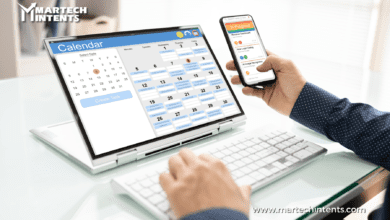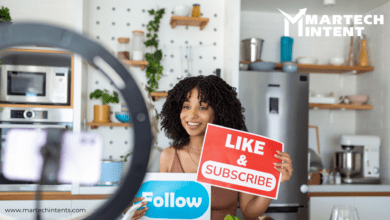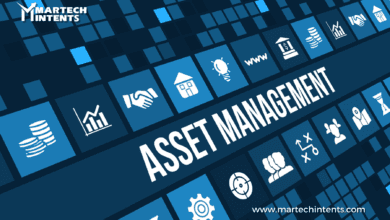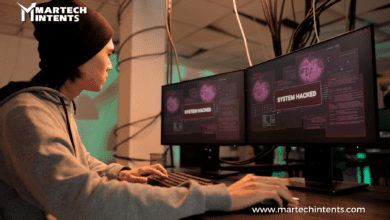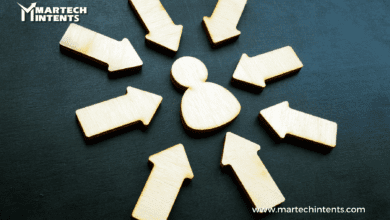Customer Journey: Leveraging MarTech for Effective Mapping
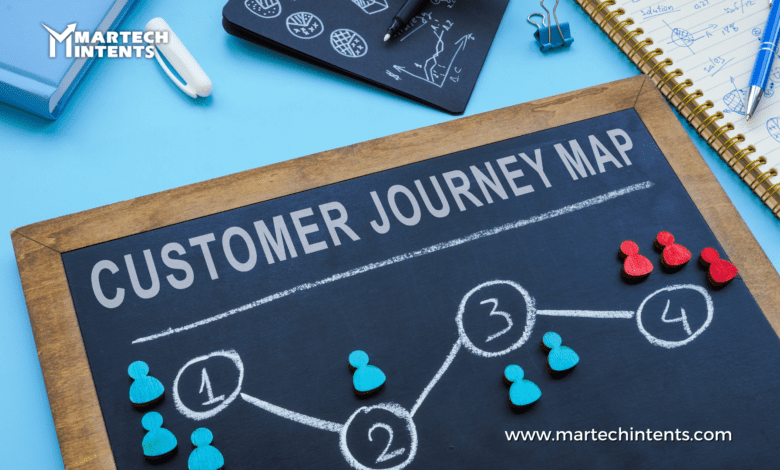
Introduction: Customer Journey
Mapping the customer journey is a crucial aspect of modern marketing. Understanding how customers interact with your brand throughout their buying process enables you to tailor your strategies for maximum impact.
In this blog post, we’ll explore how to use Marketing Technology (MarTech) to effectively map the customer journey, providing actionable insights and real-world examples.
Define Your Customer Personas
Example: A software company creates detailed customer personas, such as “IT Manager Alex” or “Marketing Director Emily,” to better understand their audience’s needs and pain points.
Begin by defining your customer personas. These are semi-fictional representations of your ideal customers, including demographics, behaviors, and preferences.
MarTech tools, like CRM systems and analytics platforms, can help you gather data and create accurate personas.
Identify Touchpoints and Channels
Example: An e-commerce retailer recognizes that customers engage through their website, social media, email, and physical stores. MarTech tools like analytics and attribution models help identify these touchpoints.
Determine where and how customers interact with your brand. MarTech analytics can track touchpoints across various channels, providing insights into which platforms are most effective for engagement.
Collect and Analyze Data
Example: A SaaS company uses data collected from website visits, email interactions, and customer support inquiries to gain insights into user behavior and preferences.
Utilize MarTech tools to collect and analyze data at every touchpoint. This data includes website traffic, email open rates, click-through rates, and social media engagement. Robust analytics platforms help you understand customer behavior patterns.
Map Customer Journey Stages
Example: A B2B service provider outlines customer journey stages from awareness to conversion. MarTech tools like marketing automation platforms help automate messaging at each stage.
Map out the different stages of the customer journey, from awareness and consideration to decision and loyalty.
MarTech tools, particularly marketing automation platforms, enable you to automate and personalize messaging for each stage.
Personalize Customer Experiences
Example: An online retailer uses personalization algorithms to recommend products based on a customer’s browsing and purchase history, creating a tailored shopping experience.
Leverage MarTech to deliver personalized content and experiences. Email marketing automation, recommendation engines, and dynamic website content adapt to each customer’s preferences and journey stage.
Monitor and Optimize
Example: An e-commerce brand regularly conducts A/B tests on its website to refine user experience and increase conversion rates, guided by MarTech analytics.
Continuously monitor the customer journey and gather feedback. MarTech analytics provide insights into what’s working and what needs improvement. Implement changes and optimizations based on data-driven findings.
Learn more about Harnessing MarTech for Customer Experiences: Best Practices
Conclusion: Customer Journey
Mapping the customer journey is an ongoing process that requires the right MarTech tools and a commitment to understanding your customers.
By defining customer personas, identifying touchpoints, collecting and analyzing data, mapping journey stages, personalizing experiences, and monitoring for optimization opportunities, you can create a seamless and engaging customer journey.
The integration of MarTech into this process enables you to automate and streamline many aspects of customer journey mapping, making it more efficient and effective.
Ultimately, understanding and optimizing the customer journey through MarTech empowers your marketing efforts to better meet customer needs, enhance engagement, and drive conversion and loyalty.
